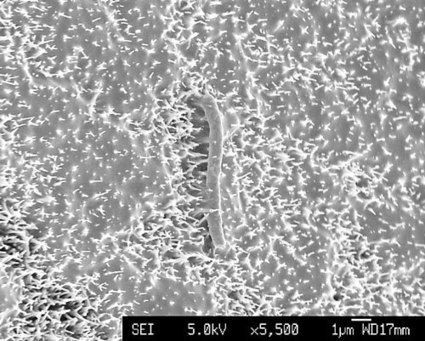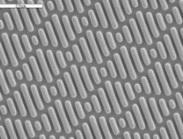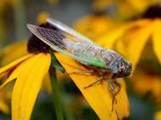"The spread of antimicrobial resistance with the emergence of 'super-bugs' that resist even 'last-resort' antibiotics has prompted the World Health Organisation (WHO) to formally tackle the problem of an unwanted post-antibiotic era. [...] A notable solution is provided by an unlikely source - the cicada.The wings of this small fly display bactericidal nanoscale pillar structures. Each of these pillars is a pike of several tens of nanometers in diameter and is separated from other pikes at regular nanometer intervals. Densely packed on the wing surfaces, these pillars arrange into nanopatterns which pierce the membranes of bacterial cells on contact, tearing bacteria apart. Inspired by this example, a research team from NPL and the School of Oral and Dental Sciences at the University of Bristol engineered biocompatible surfaces exhibiting nanowire arrays."
Research and publish the best content.
Get Started for FREE
Sign up with Facebook Sign up with X
I don't have a Facebook or a X account
Already have an account: Login
 Your new post is loading... Your new post is loading...
 Your new post is loading... Your new post is loading...
|
|













